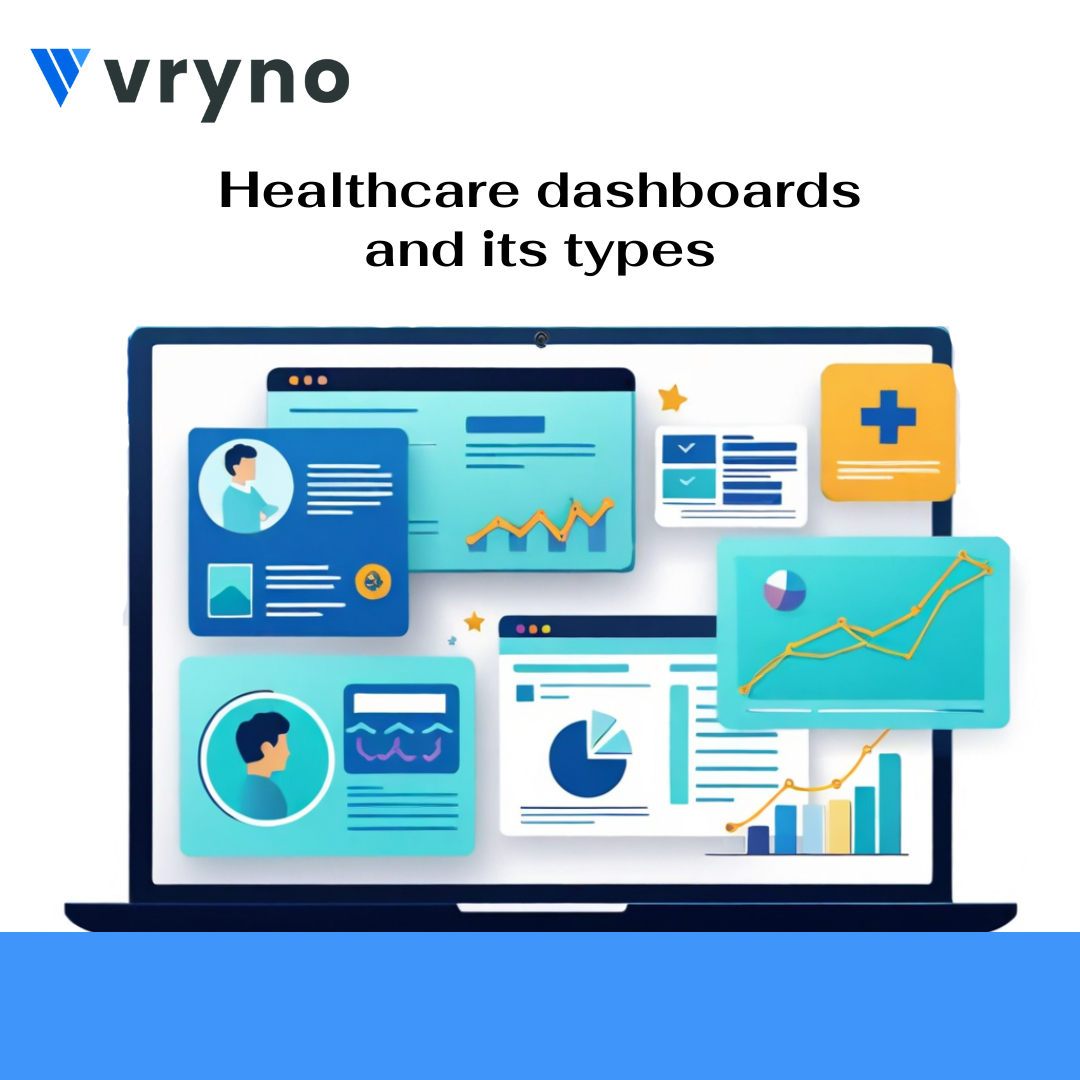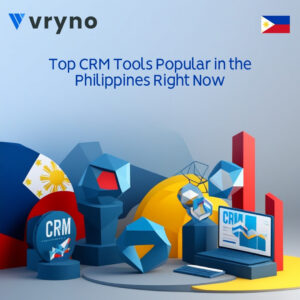Healthcare dashboards are one of the key reasons healthcare organizations obtain actionable insights and make informed decisions. It enables them to operate conveniently and ensure a seamless workflow. These dashboards in healthcare CRM utilize data analytics to provide healthcare setups with benefits like improved management and patient care services.
The analytics solution with the healthcare dashboards can help you handle large volumes of hospital data and provide you with detailed insights. They also offer predictive analytics that help predict trends and enhance your patient care services. As you read, you will get to know more about healthcare dashboards and how they optimize processes to support your operations.
Clinical Dashboards
If you are looking for a CRM for healthcare industry with a dashboard that offers a comprehensive view, opt for the ones with clinical dashboards. They provide umpteen advantages including details on patient data and their treatment outcomes. Clinical dashboards are an indispensable tool to help you track key performance indicators and the metrics to ensure optimal performance.
The patient dashboard is a clinical dashboard-type that aids you in monitoring the mortality rate, recovery rate, new admissions and readmissions. With this, you get a department real-time update of the clinical effectiveness of your healthcare setup. The most common key performance indicators you can view are patient satisfaction scores, average duration of patient stay, mortality rates, and patient readmission rate.
The healthcare CRM software with the infection control type of dashboard helps you maintain a safe facility as you track the infection rate. You can monitor infection sources, rate of hospital-acquired infection, and usage of antibiotics to manage infections better.
While the emergency department dashboard-type utilizes real-time data analytics to manage emergency situations, a chronic disease management dashboard-type helps manage chronic conditions and their health outcomes.
Operational Dashboards
Operational dashboards serve their purpose in helping you track the utilization of resources, work efficiency of the hospital and waiting times. The CRM software for healthcare industry comes with a hospital operations dashboard that lets you track the key metrics involved in hospital operations management.
You can monitor various metrics including availability of resources, flow of patients and the capacity of the hospital. Further, key performance indicators are average discharge time of patients, staffing levels, rate of bed occupancy and number of cancellations for surgeries.
A few types of operational dashboards are supply chain management and assessing the performance of the staff. These types of dashboards work on the visualization of the data to gain better insights. The CRM for healthcare industry will have operational dashboards to provide you metrics on various KPIs.
The staff performance dashboard-type offers insights into employee efficiency through metrics like number of appointments, overtime hours, patient-to-staff ratio, rates of training completion, and an average amount of time for the procedure.
The healthcare CRM with a supply chain management type of dashboard helps you determine supply chain efficiency through inventory tracking. The dashboard enables you to avoid getting stocked out of the inventory and reducing the costs of the hospital essentials. The key performance indicators are rate of supply turnover, supplier lead time, and the levels of inventory.
Financial Dashboards
The executive and management teams of a healthcare organization may benefit from financial dashboards that provide clarity on the financial health of their setup. The dashboard aids them in managing revenue cycles, tracking the cost of patient care, and ensuring a healthy flow of cash within the healthcare organization.
The data and analytics features in a healthcare CRM software with financial dashboards can help you achieve transparency in finances that you seek for your healthcare setup. You can leverage these features to do financial planning strategically and optimize allocation of your resources.
The most commonly used financial dashboard-type in the healthcare industry is the revenue cycle management dashboard. This kind of dashboard helps you monitor your revenue cycle efficiency right from the initiation of billing until the collection of the final amount.
The key performance indicators include denial rate of claims, collection rates, days for accounts receivable, and the turnaround time for patient billing that help determine revenue flow.
A CRM software for healthcare industry may also have a cost of care dashboard that indicates the areas for possible cost reductions and highlights per-patient costs. This type of dashboard will determine key metrics like overhead costs, medication & supplies expenses, costs per patient and the costs per procedure.
Another type is the resource utilization dashboard-type which helps monitor utilization of hospital resources like facilities and equipment. On the other hand, the patient billing dashboard-type helps you track payments of patients, billing issues and outstanding dues.
Conclusion
Vryno CRM software makes it easy to have one of these dashboards for your healthcare setup and ensure better workflow management. Obtain actionable insights as you breakdown complex data through modern tools and provide enhanced patient care services.






